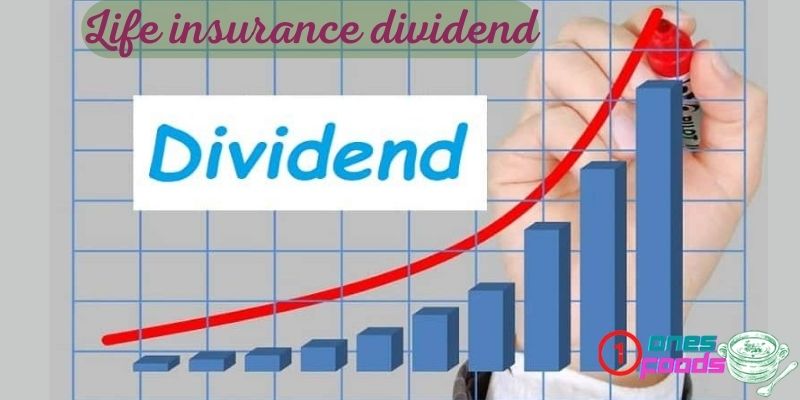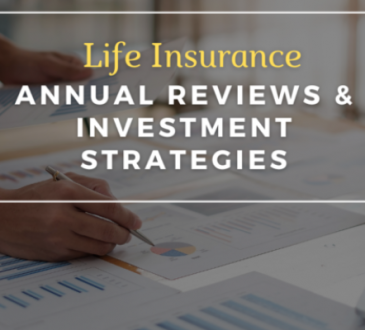What Is Life Insurance Dividend
Life insurance dividends can be difficult to understand. This commonly happens because when discussing dividends, insurance brokers and companies frequently compare them to stock dividends. A payout from a stock or stock mutual fund differs from a Life insurance dividend policy. Let’s onesfoods.com find out more information about Life insurance dividend in this post.
Contents
What Is a Life Insurance Dividend?

Dividends are regarded as a tax-deductible refund of a portion of the life insurance policy premiums you pay. The insurance company essentially takes your premium payment and invests it. The company might opt to declare a dividend, which distributes a portion of the surplus to policyholders, if costs are kept down and its investments perform well.
According to this theory, the “Life insurance dividend policy serves at least in part as compensation for exaggerated costs.
The insurance industry’s disclosure of the portion of profits distributed as dividends is the key takeaway. Since the method of calculation used by the company to determine the dividend amount is confidential, expect an explanation. Not always, dividends are guaranteed.
What Types of Life insurance dividend?
Whole life insurance policies may be eligible for dividends. When buying whole life insurance, enquire as to whether the policy is “participating” or “non-participating.” Only policies with participation are eligible for dividends.
The premium for a participation policy is expensive, but the dividend payments to the policy owner are reliable.
Non-participating plans often have cheaper premiums than participating ones and do not pay payouts.
How Can I Use My Life Insurance Dividends?

When acquiring a participating policy, a dividend option is frequently available. Additionally, the majority of insurers allow modifying the dividend option after the policy goes into effect. You could even pick a combination of options.
The following is a list of the most popular dividend substitutes. Any whole life insurance policy you are considering buying should have dividend options. You might not have access to all of the options listed below.
Dividend payment in cash
You have the choice to receive any dividends in cash. If you select this option, the insurance company will send you a check on the anniversary of your policy.
If you choose this option, the insurance company will deduct any future premium payments right away. As dividends increase, your required premium payments will decrease. In the event that the insurance policy is successful, dividends could equal or even exceed the cost of premiums. When dividends are greater than the amount of premium that is due, you are not obligated to make any out-of-pocket payments.
Dividends should be left with the insurance provider to earn interest.
In this scenario, the insurance company would keep the payoff and put it into an account where it would be invested to earn interest. Although there is a minimum guaranteed interest rate, a greater rate can be available.
According to Barry Flagg, president and founder of Veralytic, a life insurance analytics company, the announced dividend interest crediting rates for the whole life insurance companies Barry Flagg tracks currently range from as high as 6% to as low as 3.38% and average 4.83%.
You can withdraw money whenever you wish from this account. If the insured person passes away, the account balance is added to the face value of the insurance and given to the beneficiaries.
When life insurance is surrendered, the account balance is counted against the net cash surrender value. The interest you have accumulated on the dividends is fully taxable as soon as you have the choice to do so, regardless of whether you actually withdraw the money.
Buy paid-up additional life insurance
You might use your dividends to purchase small amounts of additional fully paid-up life insurance. This additional coverage will provide the same kind of life insurance as your primary policy.
Your insurance company will base the additional coverage that the dividend money can purchase on your age. You won’t be required to pay an additional cost or go through another life insurance medical exam. These added assets that have been paid for can generate their own dividends.
Buy one-year term life insurance
You might use the money from your dividends to purchase as much one-year term life insurance as you can. The amount of coverage you can purchase using this strategy will depend on your age and the amount of dividend money you have.
There is no medical exam required for this supplemental life insurance. This one-year term policy might be helpful if you need short-term, minimal life insurance.
Repay policy loans
If you have taken out a loan against your life insurance policy, you can utilize your dividends to pay the loan interest and/or principal.
Should I Choose a Life Insurance Company Based on Dividends?

When choosing a life insurance company or policy, dividend distribution prospects shouldn’t be taken into account. Comparing dividends between two insurance companies is challenging, according to Flagg at Veralytic.
When determining prices for complete life insurance plans, the companies project future expenditures. Usually, the final expenses come in significantly higher than these projections. Dividends are paid out for these overpriced costs, as well as any extra interest that accrued over the expected amount.
Typically, insurance companies won’t divulge any details about the procedure followed to announce payouts.
Remember that when you obtain a participating whole life insurance policy, dividends are paid for as well as purchased. Expect to pay higher premiums if your life insurance policy is eligible for dividends.



